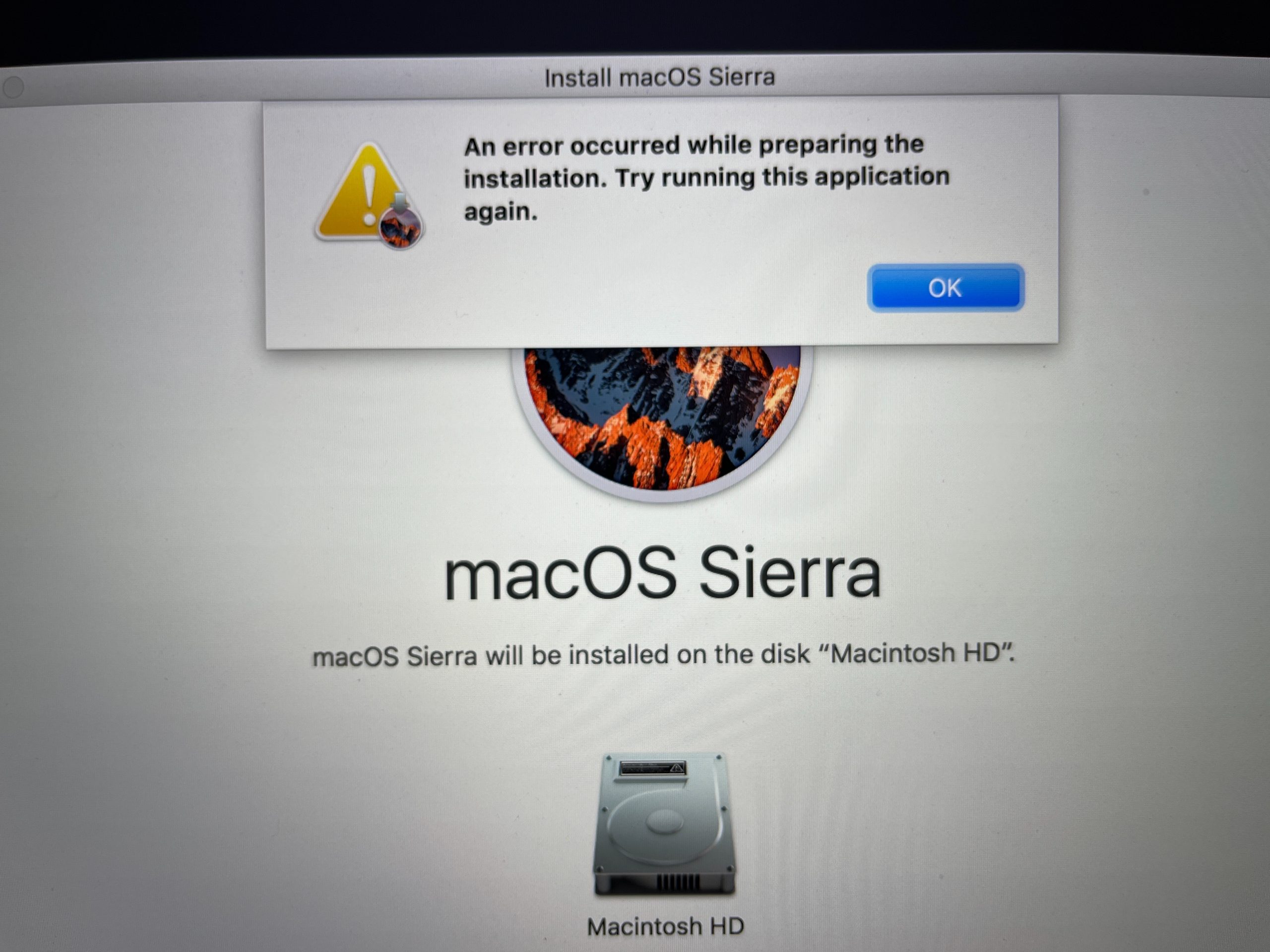Your Mac may not allow OS X reinstallment due to corrupted system files or insufficient disk space. It’s essential to troubleshoot these issues before attempting the reinstallation.
Wondering why your Mac is giving you trouble when trying to reinstall OS X? Several reasons could be causing this. Whether it’s corrupted system files, insufficient disk space, or compatibility issues, addressing these factors can help you successfully reinstall OS X.
we’ll delve into common issues that prevent Mac users from reinstalling OS X and provide practical solutions to resolve them. By following these troubleshooting tips, you’ll be able to get your Mac up and running with a fresh OS X installation in no time.

Credit: www.reddit.com
Common Reasons For Os X Reinstallation Issues
Common reasons why your Mac may not let you reinstall OS X include issues with the computer’s storage, outdated or incompatible software, insufficient available space, corrupted installation files, or errors during the installation process. These factors can prevent a successful reinstallation and may require troubleshooting or additional steps to resolve.
| Reasons for OS X Reinstallation Issues: |
| Insufficient Storage Space: |
| – Delete unused files and apps to create enough space before reinstalling. |
| Compatibility Issues: |
| – Ensure all hardware and software are compatible with the OS X version. |
Preparations Before Reinstalling Os X
Make sure to backup important data before reinstalling OS X to prevent data loss. Also, ensure internet connection reliability for a seamless reinstallation process.
Potential Solutions For Os X Reinstallation Issues
If your Mac is not allowing you to reinstall OS X, the issue might be caused by insufficient storage space. Clearing up space on your hard drive can help resolve this problem. Additionally, it’s important to check the compatibility of your Mac with the version of OS X you are trying to install. Ensuring that your Mac meets the system requirements for the OS X version can prevent installation issues.
Addressing Internet Connection Problems
If you’re encountering difficulties reinstalling OS X on your Mac, it could be due to internet connection issues. To troubleshoot the problem, start by checking your Wi-Fi or Ethernet connection. Ensure that the Wi-Fi network is functioning properly and consider connecting your Mac using an alternative internet source, such as a mobile hotspot or a different Wi-Fi network. This will help identify whether the issue is specific to your internet connection or your Mac.
If you’re using Wi-Fi, verify that your Mac is within range of the Wi-Fi router and there are no obstructions causing signal interference. Additionally, double-check that you’ve entered the correct username and password for the Wi-Fi network. If you’re using Ethernet, inspect the cable to ensure it’s not damaged or loose. Try connecting to a different Ethernet port on the router to rule out any port-related problems.
By troubleshooting your Wi-Fi or Ethernet connection and trying an alternative internet source, you can determine if the internet connection is the root cause of your Mac not allowing OS X reinstallation.
Utilizing Recovery Mode And Disk Utility
Having trouble reinstalling OS X on your Mac? No worries, there are a few steps you can take to fix this issue. One method is by utilizing the Recovery Mode and Disk Utility. To boot into Recovery Mode, simply restart your Mac and hold down the Command and R keys simultaneously until the Apple logo appears. This will open the Recovery Mode menu where you can access various tools to troubleshoot your Mac.
One of the tools available in Recovery Mode is Disk Utility, which allows you to verify and repair your disk. To do this, select Disk Utility from the menu and choose your Mac’s hard drive. Click on the First Aid tab and then click on the “Verify Disk” button. If any issues are detected, click on “Repair Disk” to fix them. This can help resolve any errors or corruption that may be preventing the reinstallation of OS X.
By following these steps and using Recovery Mode and Disk Utility effectively, you should be able to overcome the obstacles preventing you from reinstalling OS X on your Mac.

Credit: www.reddit.com
Consider External Bootable Drive
When reinstalling OS X on your Mac, sometimes you may encounter issues with the built-in recovery system. In such cases, consider creating a bootable OS X installer on an external drive. This can be a useful alternative for reinstalling OS X without relying on the internal recovery system. By booting from the external drive, you can access the OS X installer and proceed with the reinstallation process. This method can help overcome restrictions or errors you may face when using the built-in recovery system on your Mac.
Checking Hardware Components
| Checking Hardware Components |
|
When encountering issues with reinstalling Os X on your Mac, start by running Apple Hardware Test or Apple Diagnostics to identify any faults. Inspect the storage drive and RAM to ensure they are functioning properly and not causing any installation obstacles. |
Seeking Advanced Support Options
Having trouble reinstalling your macOS? Reach out to Apple Support or Authorized Service Provider for guidance.
Credit: discussions.apple.com
Conclusion
Reinstalling OS X can be a frustrating experience for Mac users. However, by following the troubleshooting steps provided in this blog post, you can overcome these issues and successfully reinstall OS X on your Mac. Remember to back up your data and seek professional help if necessary.
Your Mac will be up and running smoothly in no time.









